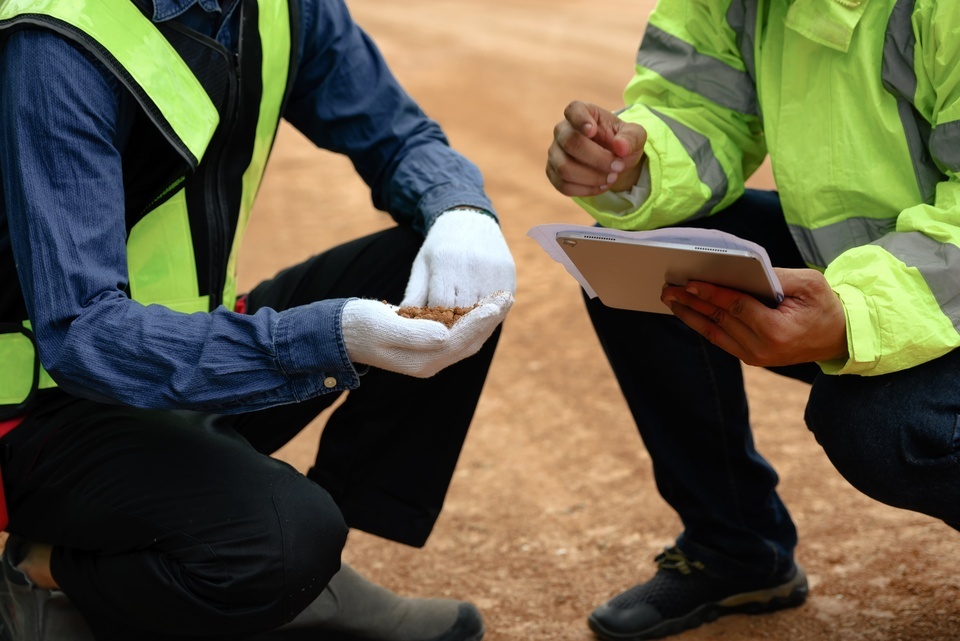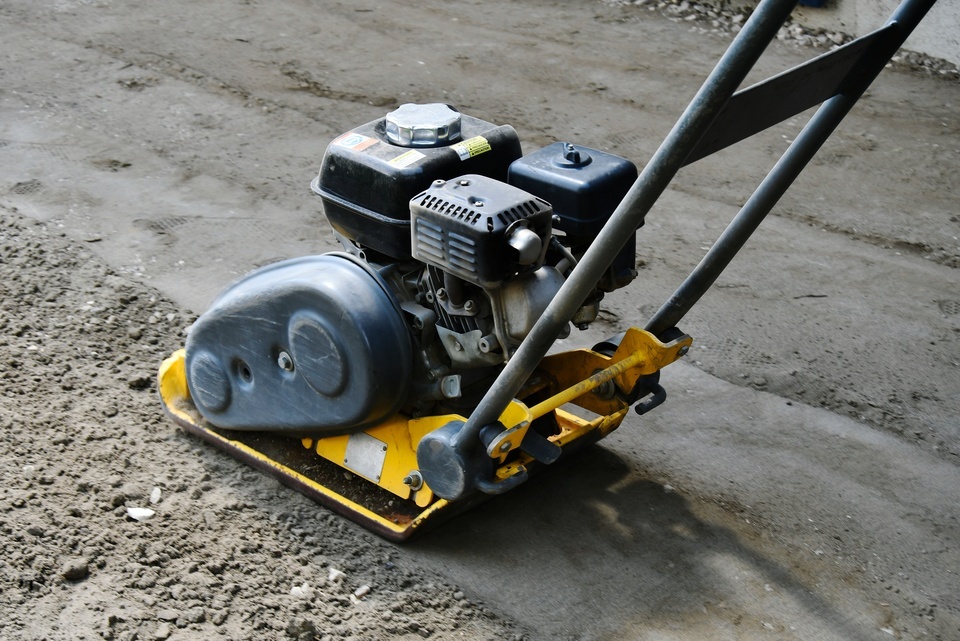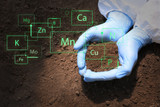11 Reasons Soil Sampling Is Important in Construction
When you’re planning a construction project, it’s easy to get caught up in designs, permits, and materials. But long before you pour any concrete or begin framing, there’s something hiding just beneath the surface—literally—that could determine the future of the build.
Soil might seem like the most ordinary part of a jobsite, but make the wrong assumptions about it, and the results can be dangerous, expensive, or even irreversible. Let’s take a closer look at 11 reasons soil sampling is important in construction.
1. Soil Isn’t Always Stable
A building site can look dry, solid, and ready to build upon, but surface impressions are often misleading. Beneath that smooth top layer, there may be loose fill, clay that swells when wet, or sandy layers that shift under pressure. Without proper testing, it’s impossible to know what’s down there.
Unstable soil can lead to cracking, sagging, or structural failure long after the build is complete. Soil sampling identifies weaknesses before construction begins, providing builders with the necessary information to plan effectively.
2. Sampling Is the Law in Many Places
In many counties and municipalities—particularly those with specific environmental or seismic concerns—soil sampling is required by law. Geotechnical reports, compaction tests, or ecological assessments often form part of the permitting process. Without these, approval can be stalled or denied entirely.
Some jurisdictions are strict when it comes to hillside developments, wetlands, or areas with a history of contamination. Knowing local requirements prevents delays, rework, and potential legal consequences, such as code violations or civil lawsuits.
3. Testing Supports Regulatory Reporting
In many projects, especially those involving government land, utility easements, or environmental zones, documentation doesn’t end with a permit. Builders may need to provide detailed soil reports to satisfy oversight committees, environmental agencies, or project stakeholders.
Having test results in hand shows due diligence and can help prevent delays during the review process. This kind of transparency protects your team from liability while fostering trust with regulators and clients alike.

4. Bad Soil Ruins Good Foundations
Even the most well-designed foundation can’t overcome poor soil. If the ground beneath a structure can’t support the weight or shifts unevenly, the entire project is at risk. Cracks in walls, unlevel floors, or sloping patios can often be traced back to incorrect assumptions about soil conditions.
By testing for bearing capacity, density, and moisture content, teams can engineer foundations that match the soil—not the other way around. Soil sampling ensures stability from the ground up, helping to avoid long-term damage.
5. Sampling Reveals Buried Hazards
Not every risk is immediately visible. Beneath the soil, there could be remnants of past activity, like underground fuel tanks, old septic systems, or chemical contaminants from agricultural or industrial use. Without testing, these hidden hazards remain undetected until they cause problems during excavation or construction.
Soil sampling can detect chemical residues, heavy metals, and high salinity levels that could endanger workers, corrode materials, or impact the surrounding environment. Testing is a proactive way to avoid costly remediation and ensure that projects begin on solid, safe ground.
6. Testing Prevents Drainage Disasters
Water mismanagement is one of the most common causes of construction damage, and the soil often plays a key role. Some soils drain too quickly, while others hold water for days. Poor drainage can lead to standing water, slope instability, mold issues, or long-term structural degradation.
Without sampling, it’s difficult to predict how water will behave after a storm or heavy rainfall. Testing the soil’s permeability helps contractors design more effective drainage systems from the start, reducing the risk of erosion, foundation cracking, and future repairs.
7. Poor Soil Wastes Materials
When contractors don’t understand soil conditions, they might have to compensate with expensive materials—or worse, under-engineered solutions that don’t hold up. Either scenario leads to waste. Overbuilding drives up costs unnecessarily, while underbuilding introduces structural risks and callbacks.
Sampling helps contractors get it right the first time. Knowing the soil’s bearing capacity, moisture content, and compaction needs allows engineers to use the appropriate amount of concrete, reinforcement, or fill material without guesswork.
8. Sampling Impacts Equipment Choice
Every construction site requires the right equipment for the job, but selecting that equipment starts with understanding the soil. Is the ground sandy and loose? Clay-heavy and sticky? Rocky and resistant? Each condition requires different excavation methods, safety measures, and machinery.
Accurate data from sampling and testing tools guides decisions on everything from trench shields to vibratory rollers. The more informed the team is upfront, the more efficient—and safer—the work becomes.

9. Results Affect More Than the Build
Soil sampling impacts every phase of a project. Poor soil can complicate irrigation, delay landscaping plans, or introduce long-term maintenance headaches. Shifting ground or poor drainage often leads to cracked sidewalks, uprooted trees, and flooded yards.
These issues can reduce property value and leave future owners with unexpected repair costs. Sampling upfront creates a safer, more sustainable site—benefiting both builders and future occupants.
10. Not All Soil Problems Are Obvious
Some of the most serious issues lie well below the surface. Expansive clay layers, groundwater seepage, or loose fill from old grading work won’t be visible during a standard walkthrough. Yet these subsurface challenges can significantly affect structural performance.
Without proper testing, builders risk placing heavy loads over soil that shifts or compresses unevenly. Through soil sampling, engineers eliminate guesswork by identifying hidden layers and unanticipated risks.
11. Testing Is Cheaper Than Fixing Mistakes
Soil tests may seem like an optional line item, but they cost a fraction of what it would take to fix preventable issues. If a foundation fails or drainage needs regrading, repairs could climb into the tens of thousands—or more.
Sampling provides clarity before concrete is poured, retaining walls are built, or utilities are installed. For the cost of a test, you gain peace of mind, accurate data, and fewer construction delays—all without sacrificing budget efficiency.
Let the Soil Speak for Itself
There are countless moving parts in a construction project, but few are as fundamental—or as overlooked—as the ground it sits on. These 11 reasons soil sampling is important in construction show just how many problems you can prevent with the right testing strategy in place.
Let’s start each project with the knowledge necessary to build something that lasts. With the right soil sampling equipment, we can understand each site before we shape it—ensuring smarter designs, safer builds, and fewer surprises down the line.
Recent Posts
-
Selecting Soil Sampling Tools for Contaminated Site Work
Selecting the right tools for contaminated site work lays the groundwork for valid data and successf …December 10, 2025 -
10 Reasons Testing Groundwater Is Important
Groundwater is one of the most valuable resources we have. It provides drinking water for millions a …November 20, 2025 -
Why You Should Regularly Check Termite Bait Stations
In industries such as agricultural or groundwater management, unseen threats can quietly undermine y …November 12, 2025




